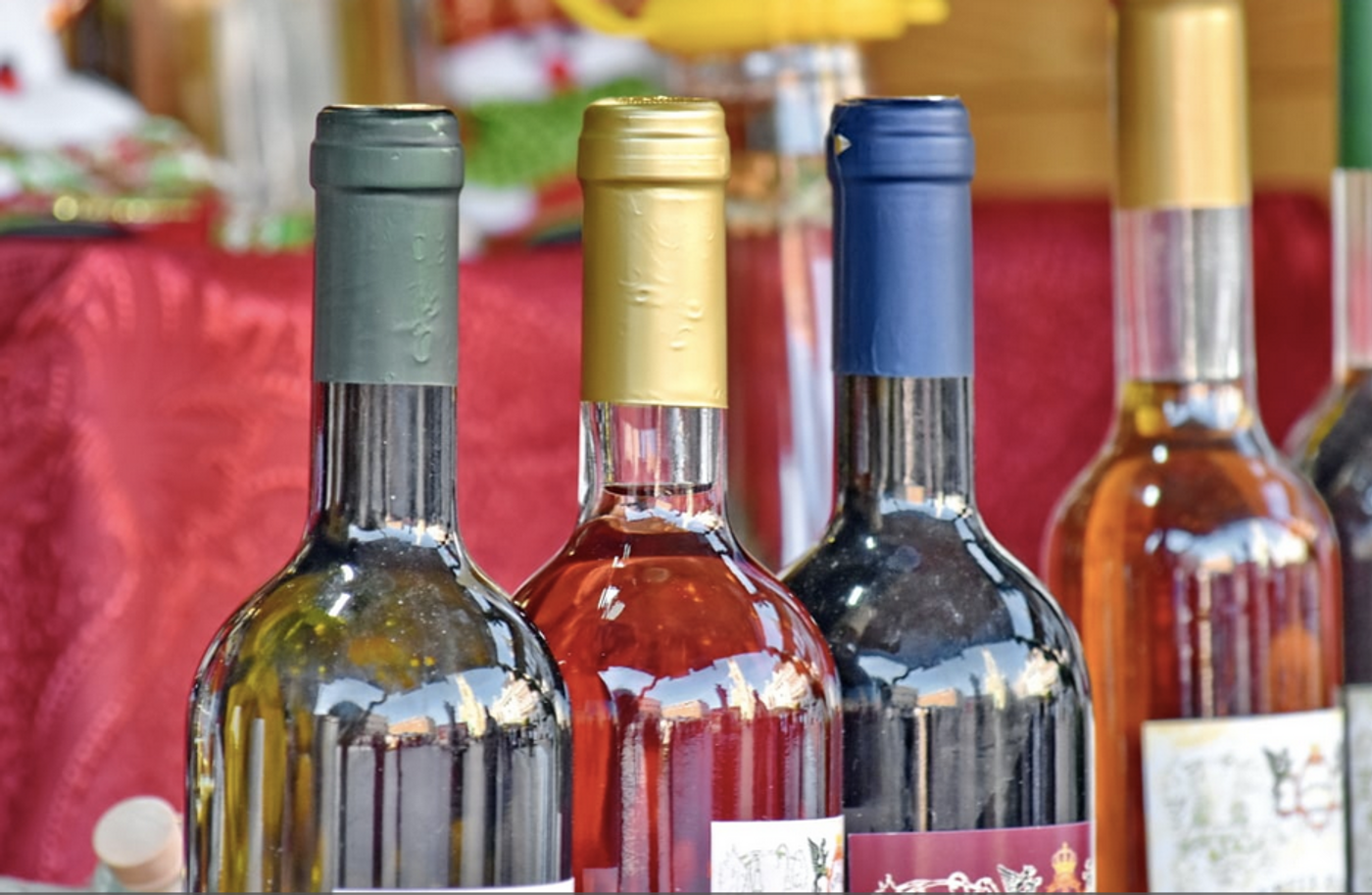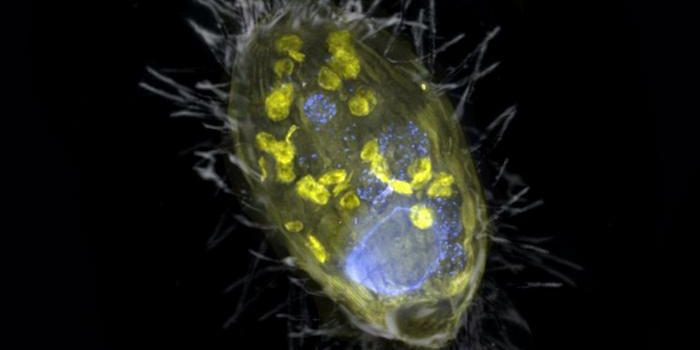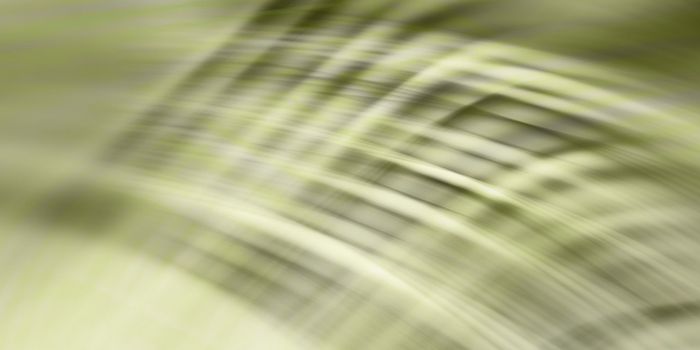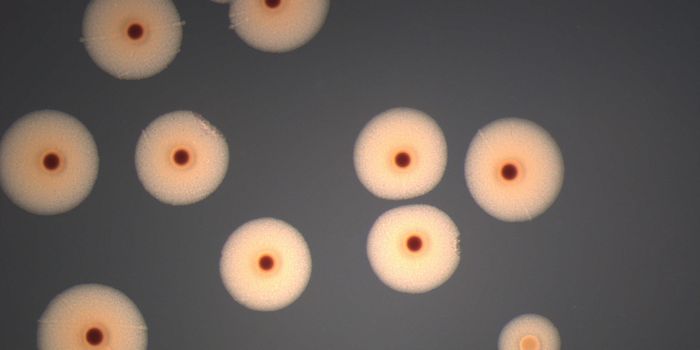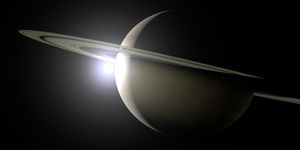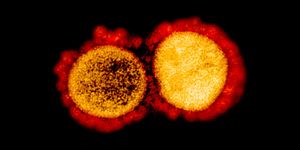The Science Behind Wine Fraud Prevention
Wine comes in an incredible range of flavors and prices. Wine fraud, in which cheaply produced wine is passed off as the expensive stuff, is a major problem for the industry. Scientists have now created a forensic solution that could help reduce the fraud that is estimated to cause losses costing in the billions. Researchers have found a way to find where a wine comes from with total accuracy; it involves fluorescence spectroscopy.
"Wine fraud is a significant problem for the global wine industry, given a yearly economic impact within Australia alone estimated at several hundred million dollars, and globally thought to be in the billions of dollars," said Ruchira Ranaweera, a graduate student who conducted the research in the University of Adelaide's Waite Research Institute.
"Wine authentication can help to avoid any uncertainty around wine labeling according to origin, variety, or vintage. The application of a relatively simple technique like this could be adapted for use in the supply chain as a robust method for authentication or detection of adulterated wines."
In this study, which was reported in Food Chemistry, the researchers assessed a popular wine called Cabernet Sauvignon from three different wine-producing regions in Australia as well as the birthplace of Cabernet Sauvignon, Bordeaux in France.
There is already a method for authenticating wine that measures the levels of elements in a sample; the technique is called inductively compared plasma-mass spectrometry (ICP-MS). The scientists have compared that with the faster, cheaper, and simpler fluorescence spectroscopy technique.
"This method provides a 'fingerprint' of the samples according to the presence of fluorophoric or light-emitting compounds," explained Ranaweera. "When used in combination with a robust data analysis using a particular machine learning algorithm, it is proving to be a powerful technique for authentication."
The scientists tested their method, which was used in combination with computational tools, and it correctly identify the regional location where each wine sample had originated using the fluoresce data that was collected, but not with ICP-MS.
"Other than coming up with a robust method for authenticity testing, we are hoping to use the chemical information obtained from fluorescence data to identify the molecules that are differentiating the wines from the different regions," said Jeffery.
He is hopeful that markers can be identified which will help pinpoint where a particular wine originated.
"This may help with regional branding, by understanding how their wines' characteristics are influenced by the region and how they differ from other regions."
Sources: AAAS/Eurekalert! via University of Adelaide, Food Chemistry
